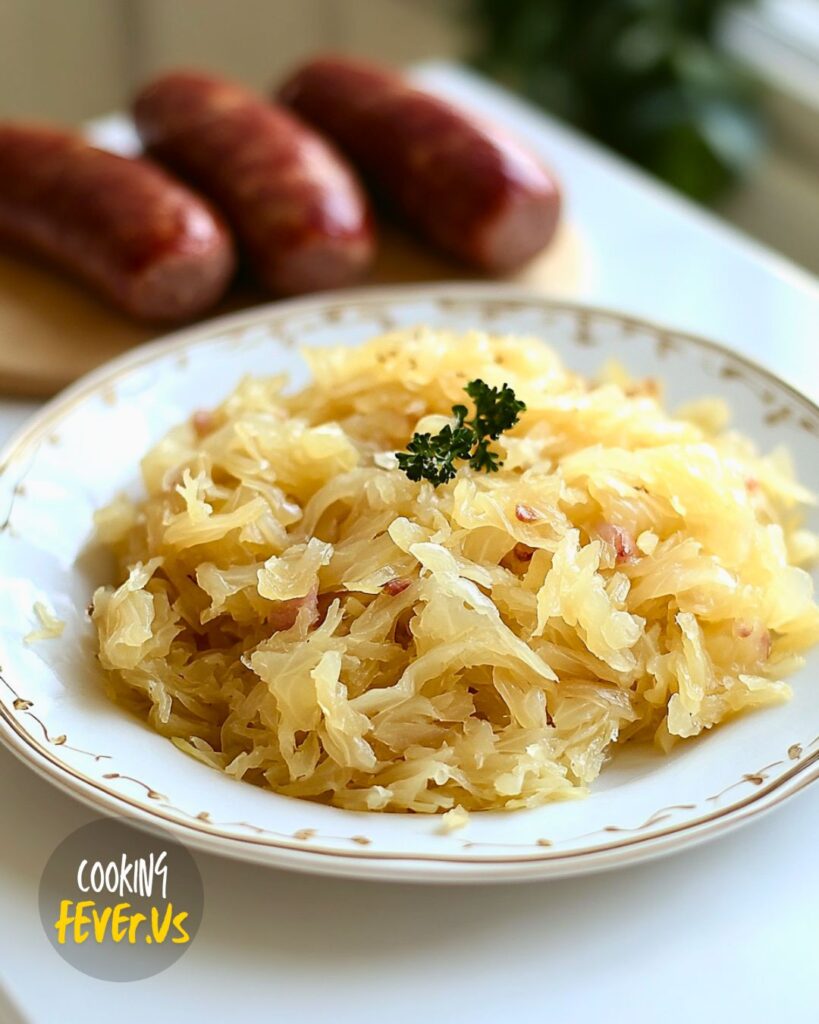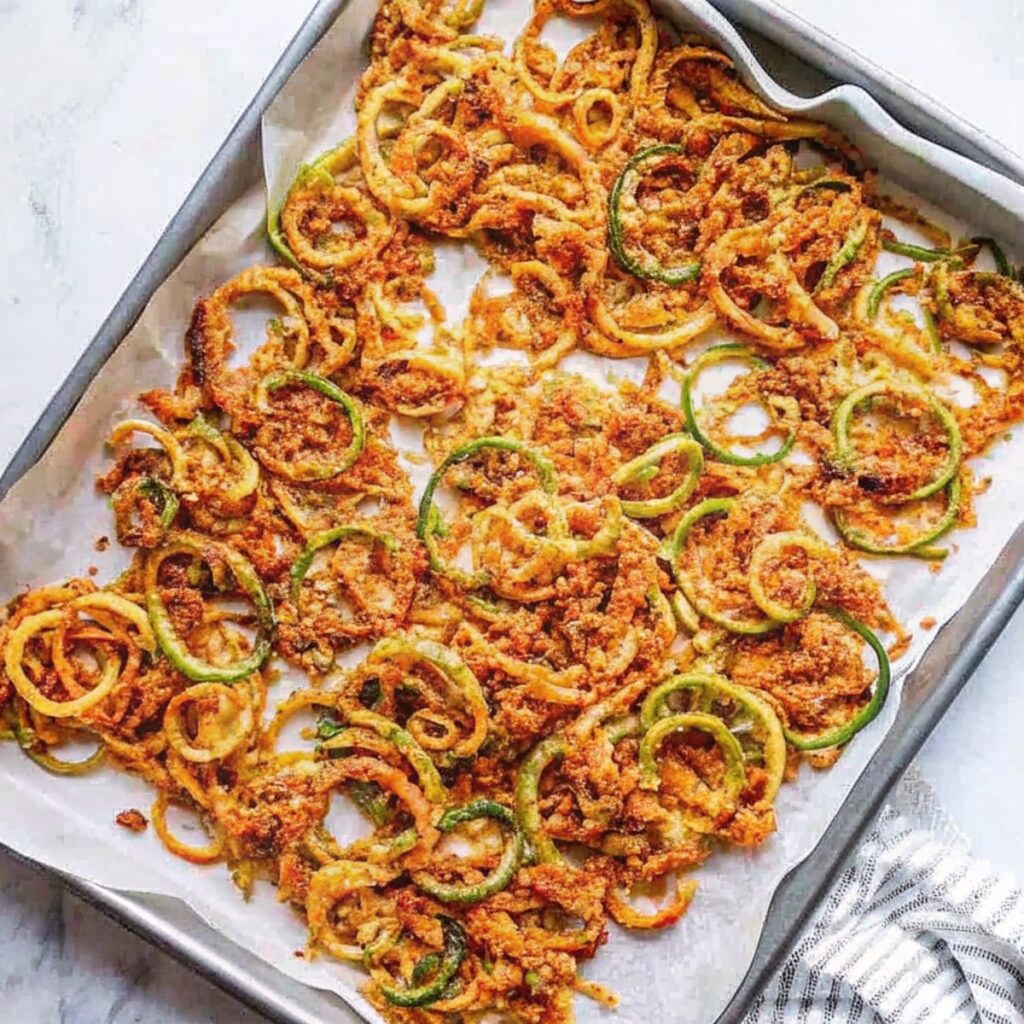I remember the first time I attempted to make sauerkraut on my own. It was a chilly autumn day, and I had just returned from a trip to Germany. The trip was a journey into my heritage, exploring the quaint villages and bustling markets where my ancestors once lived. I was fascinated by how deeply food is interwoven into German culture, particularly the art of fermentation, which is both a tradition and a way of life.
In the small town of Bamberg, I visited a local farmer’s market where I met an elderly woman selling her homemade sauerkraut. Her hands, weathered from years of working with the earth, moved with precision and care as she explained the process to me. She spoke of how her mother and grandmother had passed down the recipe, each generation adding their own little twist but never straying far from the original. There was a pride in her eyes, not just for the product she was selling, but for the heritage it represented.
When I returned home, I was determined to recreate the magic of that sauerkraut. I still remember standing in my kitchen, carefully weighing out the salt and slicing the cabbage as thin as I could, just as the woman had taught me. As I massaged the cabbage, coaxing out the natural brine, I felt a deep connection to my roots—a tangible link to the generations before me who had stood in similar kitchens, performing the same simple, yet profound ritual.
Each time I prepare this sauerkraut, I’m reminded of the importance of tradition and the way food can connect us to our past. The process is meditative, grounding, and deeply satisfying, especially when shared with family and friends. There’s something almost magical about how a few basic ingredients—cabbage, salt, and time—can transform into something so flavorful and rich in history.
So, whether you’re making this sauerkraut as a nod to your own heritage, or simply because you love the tangy, probiotic-rich goodness it provides, know that you’re participating in a tradition that spans centuries. And who knows? Maybe one day, you’ll find yourself passing down this recipe to the next generation, keeping the connection alive.
How to Make German Sauerkraut
Click here to get printable version
Ingredients
- 1 medium head of white cabbage (outer leaves removed)
- 1 tbsp sea salt (adjust to the weight of the cabbage)
- A few bay leaves (optional)
- 1/2 tsp caraway seeds (optional)
Directions
- Start by peeling off the outer leaves of the cabbage and using a kitchen scale to weigh it. Calculate 1-1.5% salt based on the weight of the cabbage. For instance, if the cabbage weighs 1 kg, use 10-15 grams of salt. In this case, a 1.3 kg cabbage would require 20 grams of sea salt.
- Quarter the cabbage and remove the core. Thinly slice each quarter using a sharp knife. To achieve the best results, cut the cabbage into the thinnest strips possible. You can also use a mandolin slicer for uniform slices, but exercise caution.
- Transfer the sliced cabbage to a large, clean bowl and sprinkle it with the measured amount of salt. Massage and knead the cabbage with your hands for 5-10 minutes, applying enough pressure to help extract the liquid from the cabbage. This liquid is essential for the fermentation process.
- If you like, you can add bay leaves, caraway seeds, or juniper berries to the cabbage mixture. Then, pack the cabbage tightly into a large, sterilized mason jar, pouring the released liquid over it. Press the cabbage down firmly using your fist or a pestle to ensure it’s fully submerged in its juices.
- To keep the cabbage submerged, you can use clean stones or weights. Cover the jar with a clean cloth or plastic wrap and secure it with a rubber band.
- Allow the cabbage to ferment in a cool environment, ideally between 65°F and 79°F (18°C to 26°C), for 3 to 10 days. Keep the jar out of direct sunlight, and press the cabbage down twice daily to keep it submerged. Start tasting the sauerkraut after 3 days; the warmer the environment, the faster the fermentation process. Once it reaches your preferred level of tanginess, seal the jar and refrigerate.
- For a richer flavor, let the sauerkraut continue fermenting in the refrigerator for an additional 14-21 days. This extended period will enhance the probiotic content and deepen the flavor. Enjoy your homemade sauerkraut, either raw or lightly sautéed in oil.
Storing Suggestion
Store your sauerkraut in the refrigerator, sealed tightly in its jar. It can keep for several months, but it’s best enjoyed within the first 3 months for optimal flavor and probiotic benefits.
Cooking Tips
To add a unique flavor twist, consider incorporating a splash of apple cider vinegar during the fermentation process. You can also experiment with different spices, like juniper berries or mustard seeds, for varied flavor profiles.
Serving Suggestions
Sauerkraut pairs wonderfully with sausages, pork dishes, or simply as a tangy side. It also makes a great topping for sandwiches and adds a zesty crunch to salads.
Ingredient Substitutions
If sea salt is unavailable, you can use kosher salt. Ensure it’s non-iodized to avoid affecting the fermentation process. Caraway seeds can be substituted with fennel seeds or left out entirely for a milder taste.
Seasonal Variations
In summer, you can add grated carrots or beets to the cabbage for a colorful and slightly sweet variation. During the winter months, adding thinly sliced apples can introduce a subtle fruity note.
Allergen Information
This recipe is naturally free from common allergens like gluten, dairy, and nuts. However, always check that the sea salt and any additional ingredients you use are free from cross-contamination if you have severe allergies.
FAQ:
How long does homemade sauerkraut last?
When stored in the refrigerator, homemade sauerkraut can last for several months, typically up to 6 months. The flavor will continue to develop over time.
Can I use red cabbage instead of white cabbage?
Yes, red cabbage can be used to make sauerkraut, resulting in a vibrant color and a slightly different flavor profile.
Why is it important to keep the cabbage submerged during fermentation?
Keeping the cabbage submerged in its liquid prevents it from coming into contact with air, which can lead to spoilage and undesirable bacteria growth.
Can I add other vegetables to my sauerkraut?
Absolutely! Vegetables like carrots, beets, or even radishes can be added to your sauerkraut for extra flavor and color.
What is the best temperature for fermenting sauerkraut?
The ideal temperature range for fermenting sauerkraut is between 65°F and 79°F (18°C to 26°C). Warmer temperatures speed up fermentation, while cooler temperatures slow it down.
Is homemade sauerkraut good for digestion?
Yes, homemade sauerkraut is rich in probiotics, which can help promote a healthy gut by improving digestion and boosting the immune system.

German Sauerkraut
Ingredients
- 1 medium head of white cabbage discard the outer leaves
- 1 tbsp sea salt refer to instructions
- A few bay leaves optional
- 1/2 tsp caraway seeds optional
Instructions
- Begin by removing the outer leaves from the cabbage and weigh it using a kitchen scale. Apply 1-1.5% of salt relative to the cabbage’s weight. For a 1 kg cabbage, use 10-15 grams of salt. I had a 1.3 kg cabbage and used 20 grams of sea salt.
- Cut the cabbage into quarters and remove the core. Slice each quarter into very thin strips using a sharp knife. For better results, cut the cabbage as thinly as possible. A mandolin can also be used, but handle it carefully.
- Place the sliced cabbage into a large clean bowl and sprinkle with salt. Massage and knead the cabbage with your hands for 5-10 minutes, applying firm pressure. This will help release the necessary liquid, which is crucial for the fermentation process.
- If desired, add bay leaves, caraway seeds, and juniper berries to the cabbage mixture. Transfer the cabbage into a large sterilized mason jar, pouring the released liquid over it. Press down the cabbage with your fist or a pestle, ensuring the liquid covers the cabbage.
- You may use clean stones to weigh down the cabbage, ensuring it remains submerged in the liquid. Cover the jar with a clean cloth or plastic wrap and secure it with a rubber band.
- Ferment the cabbage in a cool place, between 65°F and 79°F (18°C to 26°C), for 3 to 10 days. Keep the jar out of direct sunlight and press the cabbage down at least twice daily. Taste it after 3 days, as fermentation progresses faster in warmer temperatures. When satisfied with the taste, seal the jar and refrigerate.
- For enhanced flavor, let the sauerkraut ferment in the refrigerator for an additional 14-21 days. This extended fermentation increases beneficial bacteria (probiotics). Sauerkraut can be enjoyed raw or sautéed in oil. Enjoy your homemade sauerkraut!







